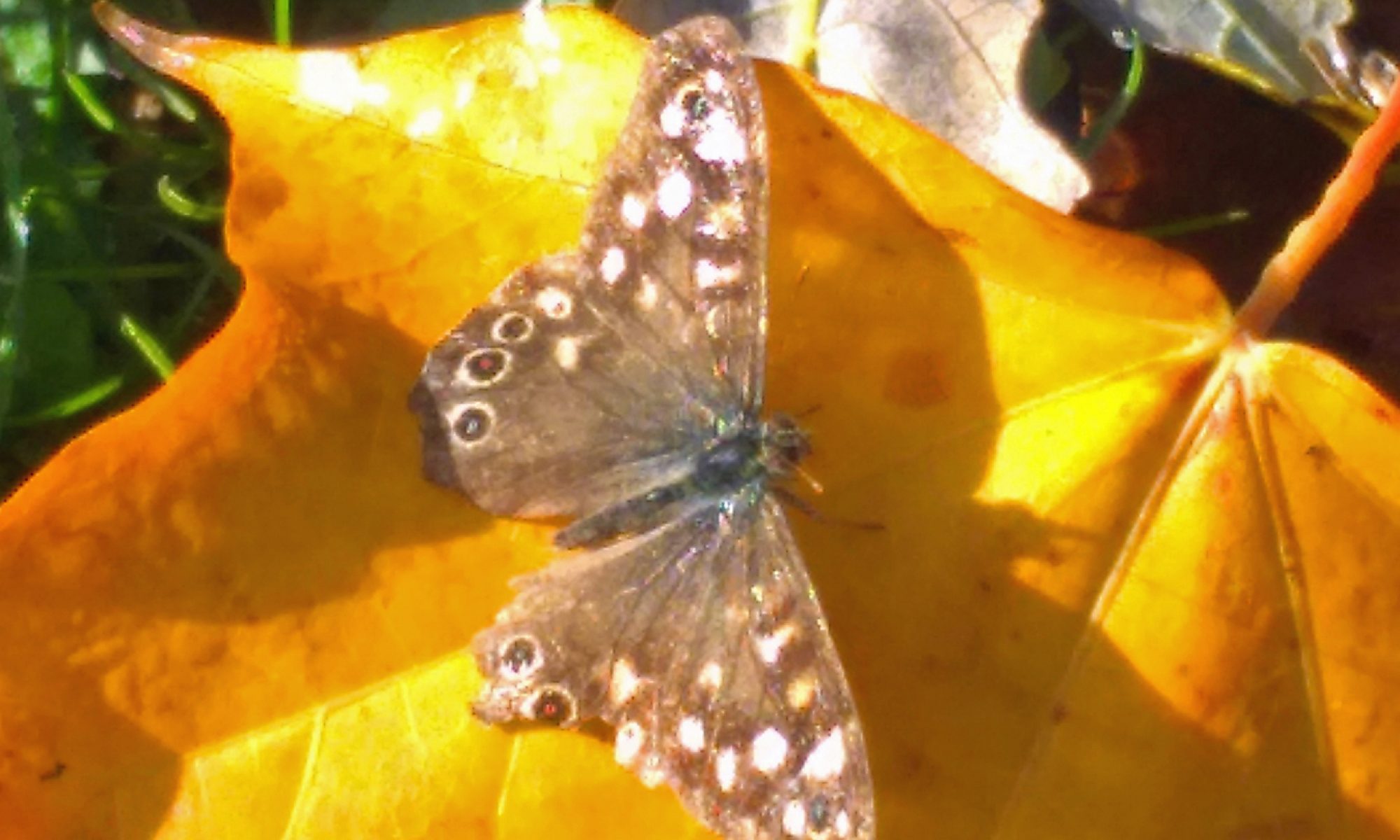It is twilight on the first warm evening after midsummer: a black shape flickers like a dream above our heads. The bat moves quickly, all in a blur, and it is hard to make out its form. We can see the zig-zag patterns it makes in the air.
Behind her, in the rafters of an old house on Station Road, other bats stir. One by one, they slip into the darkening air, part of an invisible night orchestra tuning up for the hunt. In Nowhere Wood, when the bats fly, night begins not with darkness — but with a single common purpose.
Six months later, the scene is different. A single bat hangs motionless in a quiet, cool corner of a garage, undisturbed and dim. Tucked away, wrapped in its own wings, it waits out the winter by hibernating.

Some people are scared of bats, with their ugly faces and their associations with vampires and terror.

In 2017, a survey of the area around Nowhere Wood showed that there were at least five and possibly as many as 13 species of bat in the lands around the wood. This makes it one of the most important sites for bats in the county.
Here are some of the bats that the survey found:
![Noctule bat. [Photograph: Dave on Flickr, ttps://www.flickr.com/photos/wolf_359/ Dave]](https://blog.neilingram.co.uk/wp-content/uploads/2025/06/noctule-300x190.jpg) |
 |
 |
 |
We should feel proud of our local bats. They are a special feature of our parkland and wood, that survive because they are able to find food and safe places to hibernate.
- How can we ensure that these bats will continue to live and feed in and near Nowhere wood?


